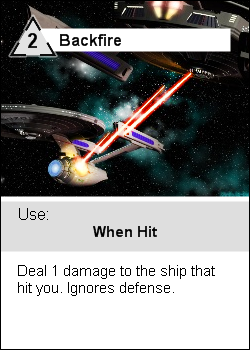This month we focused on tweaking existing systems and balancing game objects based on feedback from playtests. There are a few big issues left to solve such as giving players more control over how they gain cards but the game is fairly stable and is still very fun to play. We have been working hard to speed up the game and make it easier for players to arrive at correct decisions to reduce analysis paralysis. At the start of the month a four player game took around 4 hours to complete and we have brought that down to 1.5 hours, which was our goal. I thought I’d share how we sped up the game in this post.
Using metrics – We started timing how long it takes players to finish each phase of a turn and used that data to focus our efforts. We didn’t do this right away so we ended up optimizing phases that only yielded a saving of around 10 minutes. The result was more elegant systems that were easier to learn and use.
Removing cards that slowed down the game – Most of the Tech cards and quite a few of the ships prolonged combat because they were defensive in nature. Both of us like playing defensively in other board games so this subconsciously affected our design. Now that we are aware of the issue we have a column in our spreadsheet indicating if a card speeds up, slows down, or does not affect combat speed. The biggest offenders were cards that repaired ships or prevented damage. For example we removed Patch It Up and replaced it with Backfire.
 Â
 
Made ships weaker – We reduced the hull strength (health) of a handful of ships slightly. Originally we felt ships were dying too fast so we gave the more hull strength.
Simpler ships – Every ship had a unique ability that required players to remember or read multiple times. We didn’t have many vanilla ships (no abilities) so we got rid of some abilities and made others less complicated. This lead to quicker decision making during combat.
A lot of these changes were incremental but the net result is a significantly shorter playtime. This month we will focus on theme and art direction while tying up loose ends and playtesting.
